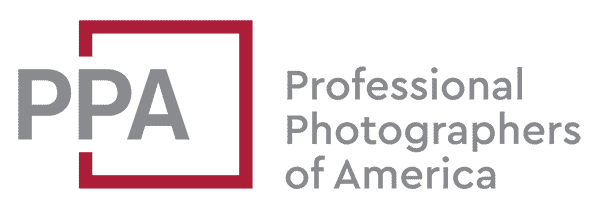There is probably no more distinguished name in camera lens design than Carl Zeiss and the eponymous company he founded.
Like other manufacturers, and arguably even more significantly, Zeiss uses codes in the names of their lenses to identify key features and technologies of the lens. And those codes, or names, are often among the most unusual and hard to decipher.
Once you know how to read them, they can be very useful as a shorthand way to quickly categorize a particular lens. But the codes can also be confusing, and every lens manufacturer makes up its own codes.
So here’s a breakdown of the codes Zeiss uses in naming their lenses. I’ve grouped them by the type of information they convey.
Zeiss Lens Codes for Mount Types
Codes in this category help identify which lenses are compatible with which types of cameras.
- ZE – Zeiss lenses designed for Canon EF and EF-S mount cameras. These lenses are fully compatible with Canon cameras, offering electronic communication for aperture control, autofocus (in autofocus-enabled models), and EXIF data transfer.
- ZF.2 – Zeiss lenses designed for Nikon F-mount cameras. The ZF.2 lenses have electronic contacts that allow for communication with the camera body, enabling features such as aperture control from the camera, autofocus (in autofocus-enabled models), and EXIF data transfer.
- ZA – Zeiss lenses designed for Sony A-mount DSLR cameras. These lenses are developed in collaboration with Sony and are part of the Sony/Zeiss partnership. ZA lenses offer full compatibility with Sony A-mount cameras, including autofocus, aperture control, and EXIF data transfer.
- ZEISS Batis – Zeiss lenses designed for Sony E-mount full-frame mirrorless cameras. These lenses feature autofocus, a sleek design, and electronic contacts for full compatibility with Sony cameras. Some Batis lenses also include an OLED display for distance and depth of field information.
- ZEISS Loxia – Zeiss lenses designed for Sony E-mount full-frame mirrorless cameras. These lenses are compact, manual focus lenses that feature a “de-click” aperture mechanism, allowing for smooth aperture changes during video recording.
- ZEISS Touit – Zeiss lenses designed for Sony E-mount and Fujifilm X-mount APS-C mirrorless cameras. These lenses offer autofocus and electronic contacts for compatibility with both camera systems. The Touit lineup includes lenses in various focal lengths, designed to meet the needs of mirrorless camera users.
Zeiss Lens Codes for Lens Categories
Zeiss lenses are categorized by a series of distinctive brand names, often with distinguished histories and patents.
- Distagon – Wide-angle lenses with a retrofocus design, providing high image quality and low distortion. The retrofocus design allows for a larger distance between the rear lens element and the image sensor or film, making them compatible with various camera systems, including SLRs and mirrorless cameras.
- Biogon – Wide-angle lenses with a symmetrical design, suitable for rangefinder cameras and mirrorless systems. Biogon lenses provide excellent sharpness and low distortion across the frame. Due to their design, they are often more compact than Distagon lenses.
- Planar – Normal or standard lenses with a double-Gauss design, providing high sharpness and low distortion. These lenses are known for their excellent performance in various lighting conditions and are often used as standard or portrait lenses.
- Sonnar – Telephoto lenses with a unique design that provides a balance between compact size, high image quality, and low distortion. Sonnar lenses often feature a fast maximum aperture, making them ideal for low-light situations and achieving a shallow depth of field.
- Vario-Sonnar – A variation of the Sonnar used in zoom lenses, in which a number of lens groups are replaced with floating pairs of lens groups.
Zeiss Lens Codes for Lens Coatings
- T / T* – Zeiss’s lens coating technology used to reduce lens flare, ghosting, and improve color accuracy and contrast. The T* coating is a multi-layer anti-reflective coating applied to the lens elements, ensuring optimal light transmission and minimizing reflections.
More to Check Out
If you enjoyed this, these might also be of interest:




